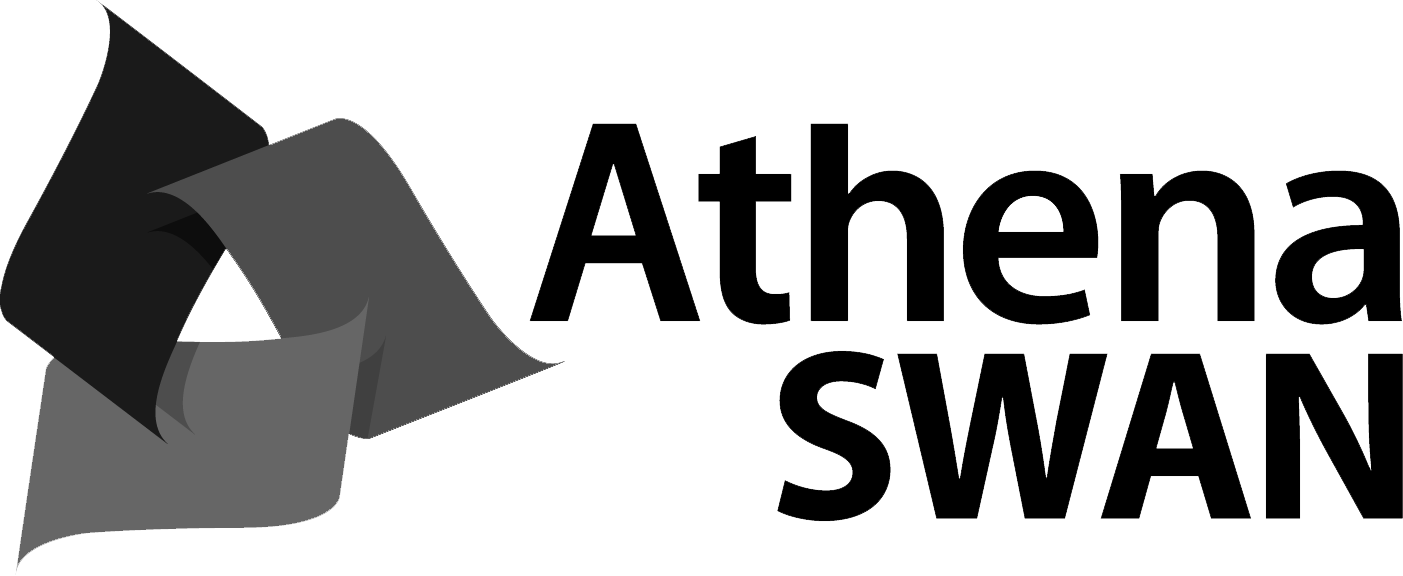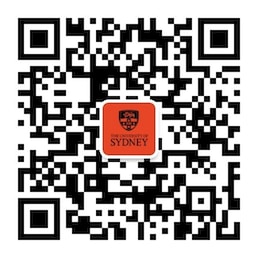This unit builds on student's knowledge and skills gained from their previous ICT related units of study and draws on students' curriculum content knowledge and pedagogical content knowledge. Technical aspects will be drawn from technological knowledge of digital tools and construction of appropriate ICT teaching and learning resources, presentation software and desktop publishing. The unit will deal with aspects of digital technologies for teachers' professional practice, the evaluation of curriculum related IT related resources for the classroom and the integration of ICT into teaching and learning.
Unit details and rules
| Academic unit | Education |
|---|---|
| Credit points | 4 |
| Prerequisites
?
|
138 credit points |
| Corequisites
?
|
None |
|
Prohibitions
?
|
None |
| Assumed knowledge
?
|
None |
| Available to study abroad and exchange students | Yes |
Teaching staff
| Coordinator | Vilma Galstaun, vilma.galstaun@sydney.edu.au |
|---|





